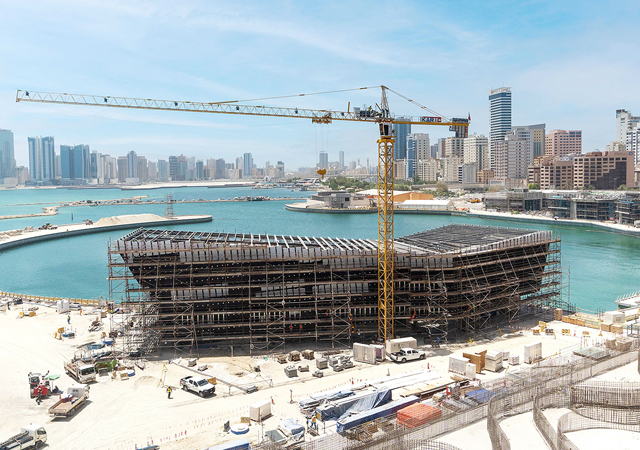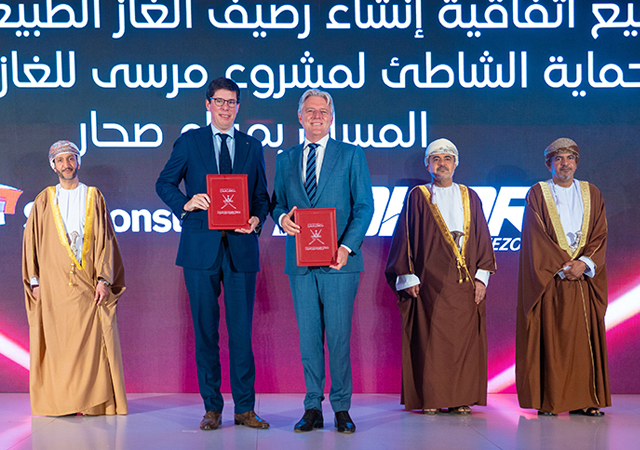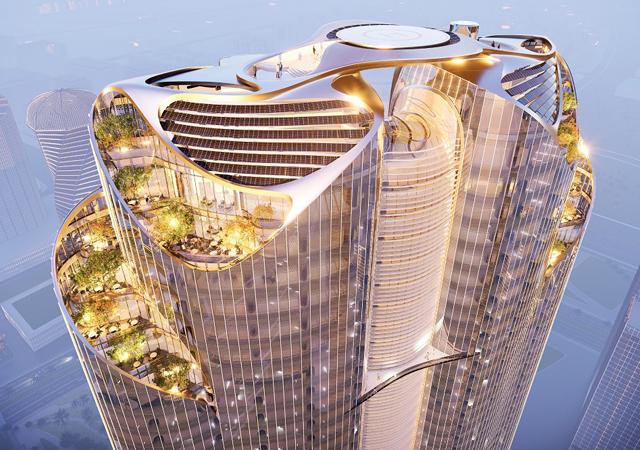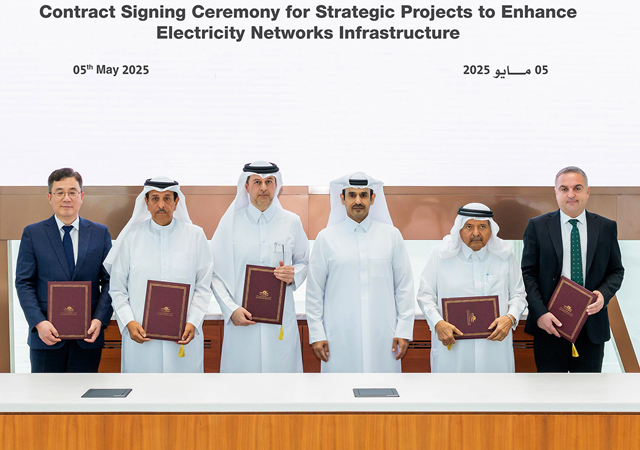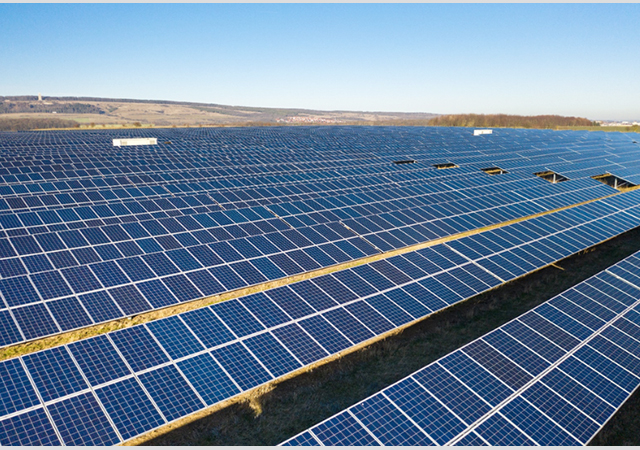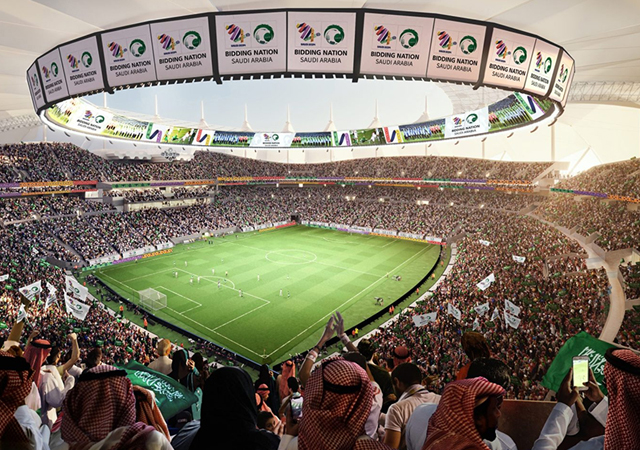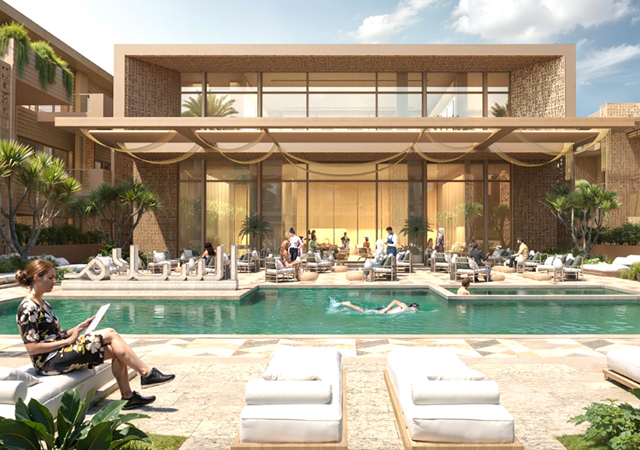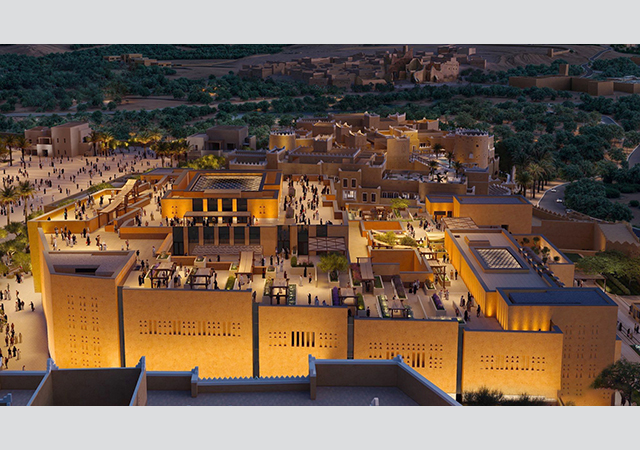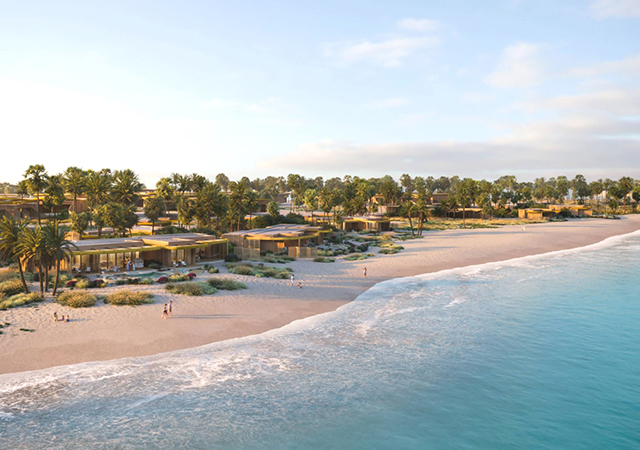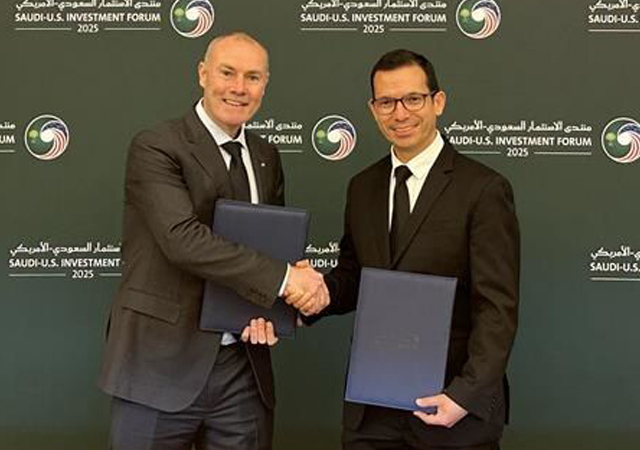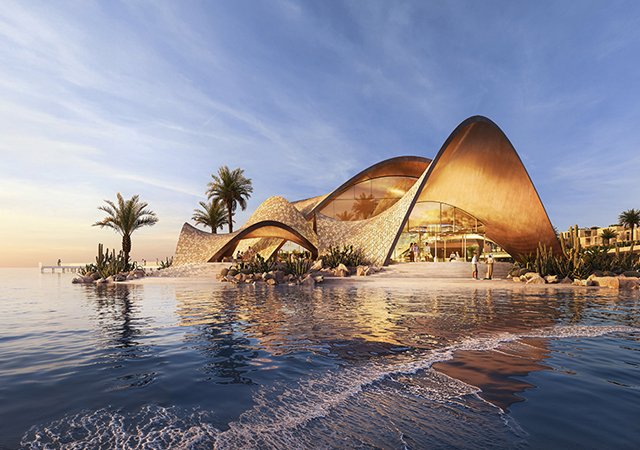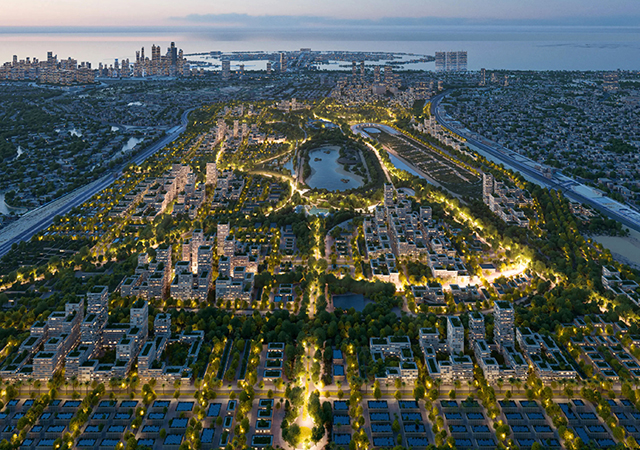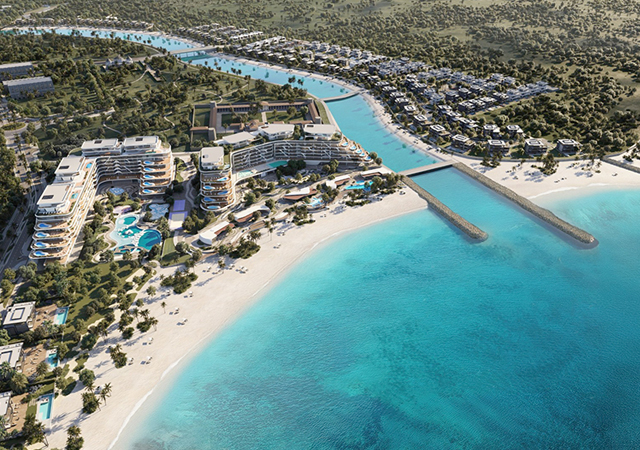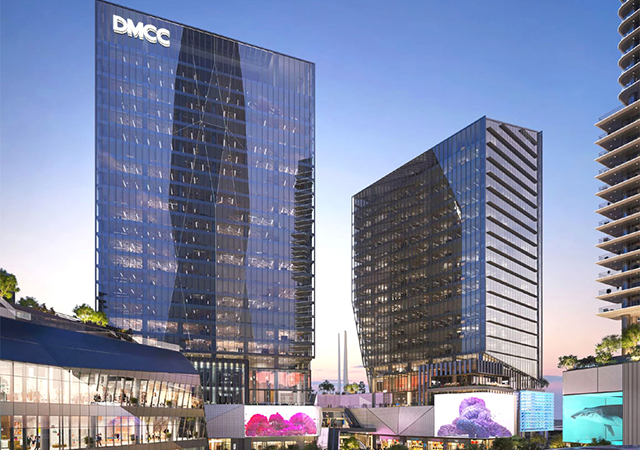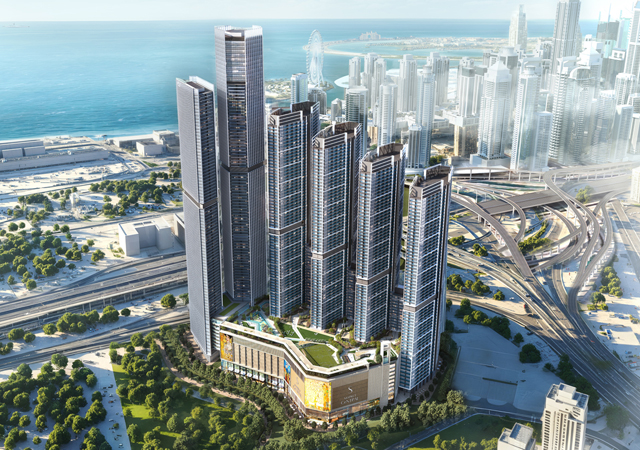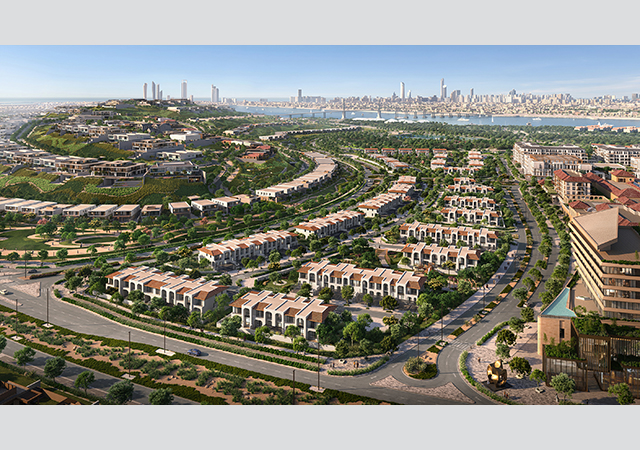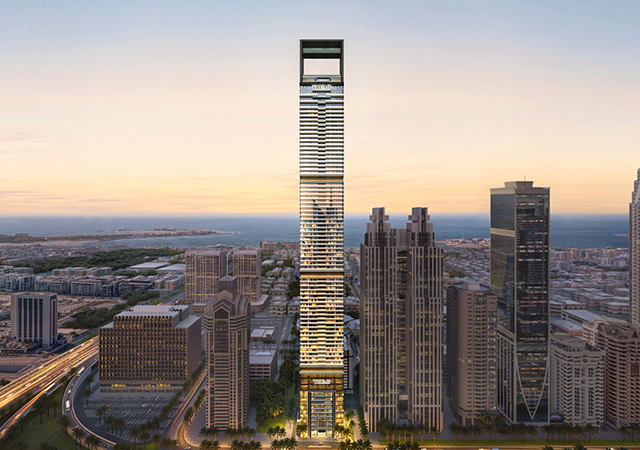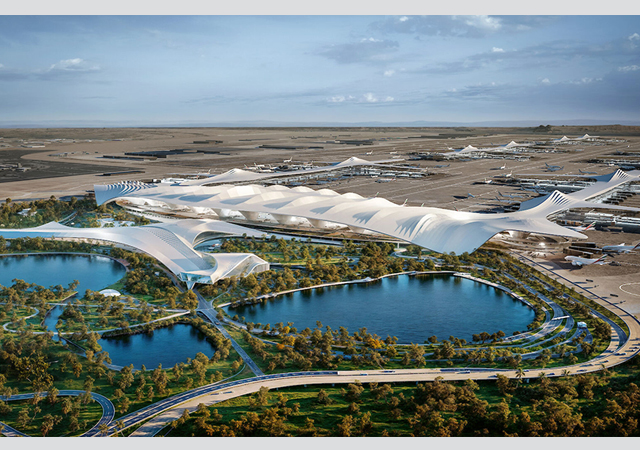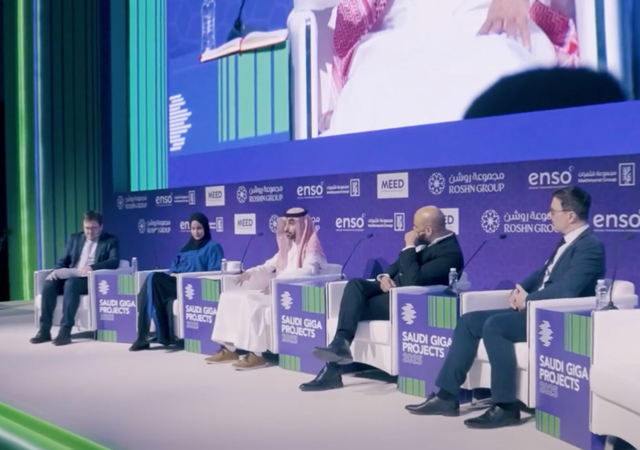
Between April 1998 and today the GRCA has radically restructured itself to improve its efficiency and provide a better service. Essentially, this involves three major changes:
A change of administration. It has joined forces with the Concrete Society which, like the GRCA, is a trade association supported by its membership. The Concrete Society serves an international membership with a wide range of interests and activities related to 'concrete' in its widest sense. It is a bigger organisation than the GRCA and the GRCA is able to draw on its resources and experience and get the benefits of economies of scale. The Concrete Society looks after the accounts and general administrative activities but the GRCA retains its financial and operational independence.
A change in the constitution. In order to provide continuity of the chairman's role, the elected vice-chairman will automatically become the chairman the following year and the incumbent will hold the office for one year only. Current chairman John Butler is a director of BCM Contracts, a company which has been producing a variety of architectural and standard GRC products for about 25 years. Vice-Chairman Glyn Jones is managing director of BSCP, a consulting engineering practice with considerable experience of GRC projects around the world.
A change in name, from the Glassfibre Reinforced Cement Association to the International Glassfibre Reinforced Concrete Association. The 'International' was inserted to emphasise that the GRCA is truly international even though it is based in the UK. Most of the membership is not based in the UK and it was felt appropriate to make the differentiation between the GRCA and local national trade organisations. 'Cement' was changed to 'concrete' because of the increasing use of AR-glassfibre in concrete products.
One of the main benefits arising from the co-operation with the Concrete Society is the regular GRC articles that appear in Concrete magazine. These increase the general awareness of GRC in the construction industry. It is open to all members to submit articles in the magazine describing their projects or products. This is a free service and, in effect, a very low cost form of advertising.
Regular GRC items in Concrete also allows the GRCA council with a means to keep members up to date with events in the industry. Existing members will already be aware of this. New members, whether they be GRC producers, architects or engineers are always welcome!
Similarly, as the Internet becomes more and more used as a source of information, the GRCA website (www.grca.co.uk) can be used by members to create hot links to their own website, if they have one, or place photographs of their projects or products. Again, this is an effective and economic form of promotion and a service free to members.
Current GRCA activities include:
A technical database for GRC: containing references to hundreds of technical papers. Access to the database is through the advisory service and is open to members and researchers. It is updated regularly.
GRC presentation for architects. This will be professionally approved and be suitable for architects and other professionals to continue the development of their skills. It is designed to provide architects with a basic appreciation of GRC technology so that they are more able to confidently specify GRC cladding panels and architectural details.
Work on standards. This is mainly concerned with European Standards but it is inevitable that when they are implemented the new standards for the testing and design of GRC will have an effect on specifications around the world, including the Gulf. The process of standards formulation is always slow, so do not expect any rapid changes!
Guide to permanent formwork. A revision of the old Permanent formwork handbook is well in hand and will bring together a lot of experience and technical information which will give specifiers and members a greater understanding of this specialised and under-exploited use of GRC.
GRCA congresses. Since 1975 when the GRCA was formed, it has produced many technical guides and codes but has probably been best known for the GRC Congresses. A GRCA Congress is the only truly international forum dedicated to the science and technology of the GRC industry. To date, there have been 11 Congresses held in a number of countries. The most recent was held at Cambridge University in the UK in April 1998 when delegates from 31 countries delivered papers on subjects ranging from descriptions of impressive cladding contracts to new glassfibre reinforcing techniques, novel finishing techniques and the latest advances in matrix formulations.
The next congress will be held in Dublin during early May in 2001. Calls for papers will go out shortly. In the shorter term, the GRCA will be holding a one-day seminar in Dubai, UAE, towards the end of this May. GRC producers from the Gulf and other parts of the Middle East will give presentations. There will also technical presentations on design and general updates on developments around the world.
The GRC industry has been developing for the last 30 years. The GRCA council is certain that its recent changes will be of considerable benefit to the industry for years to come in the Gulf and around the world.


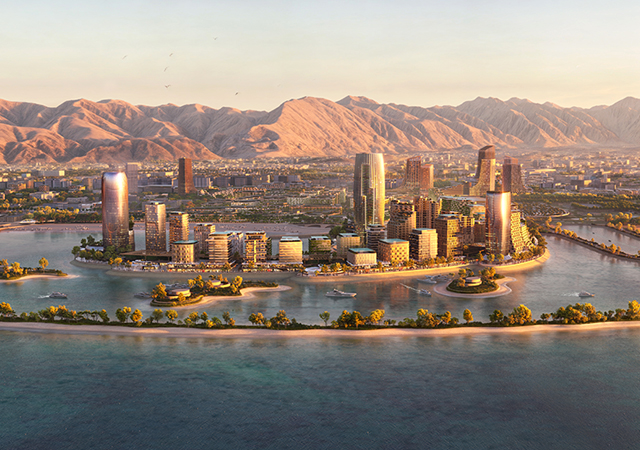
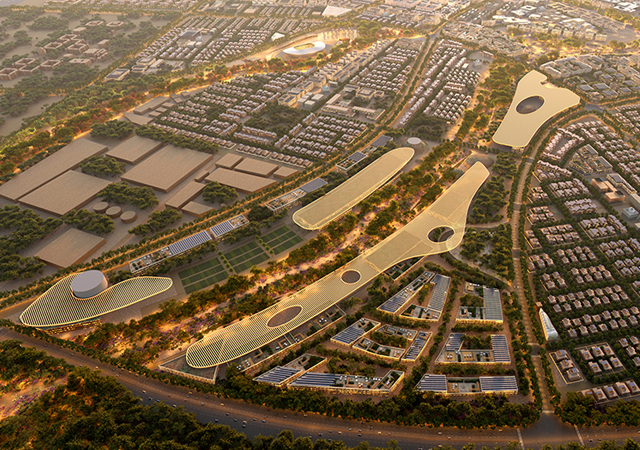
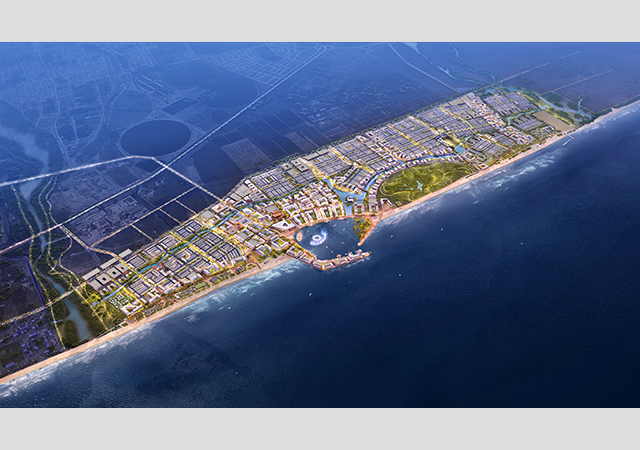
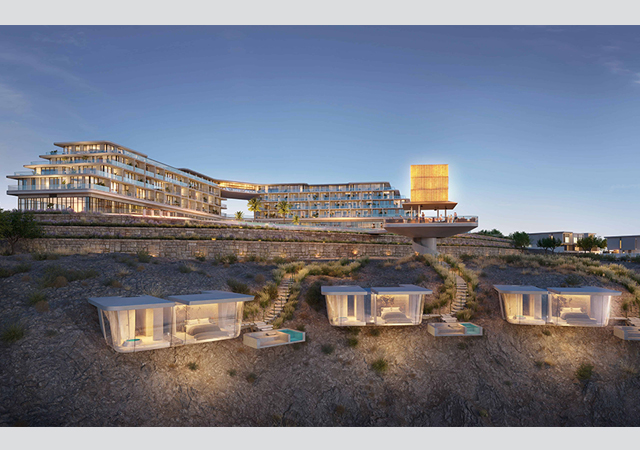
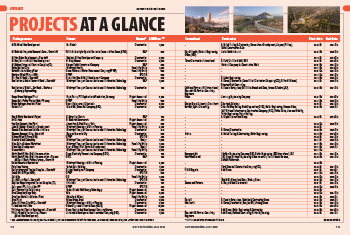
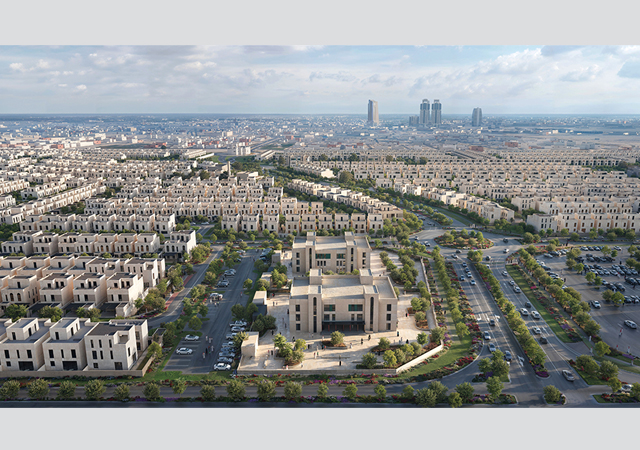
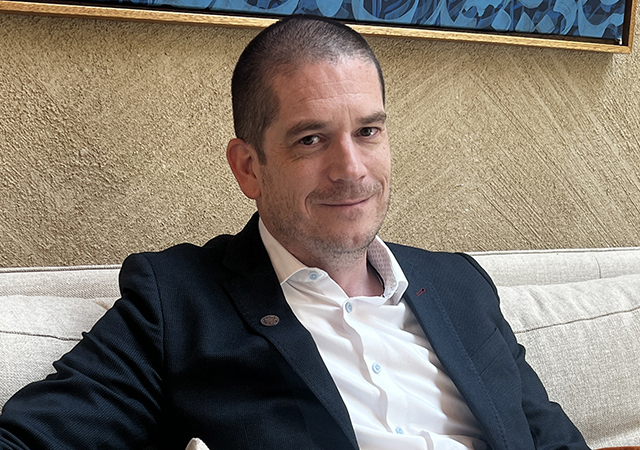

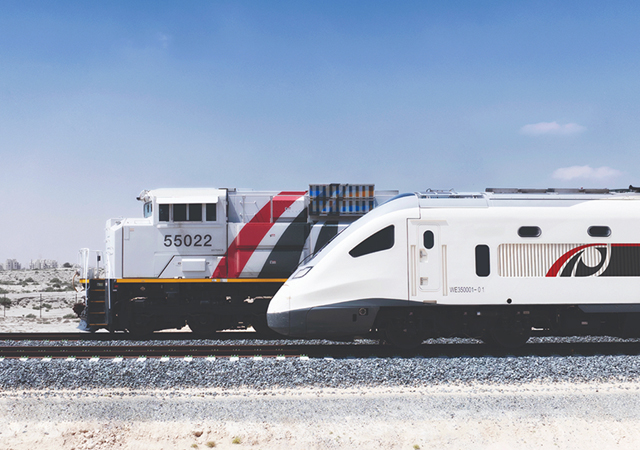
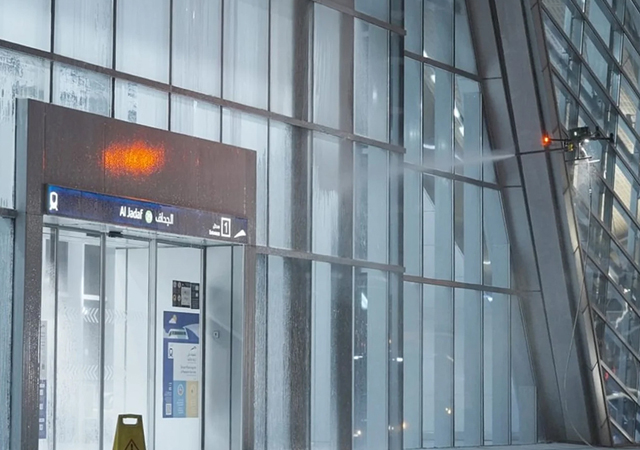
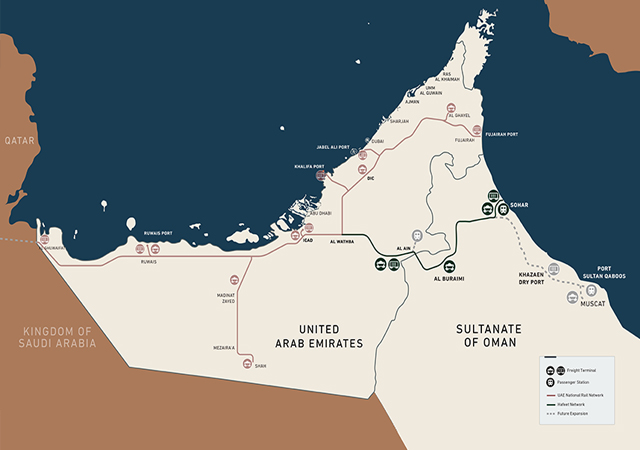
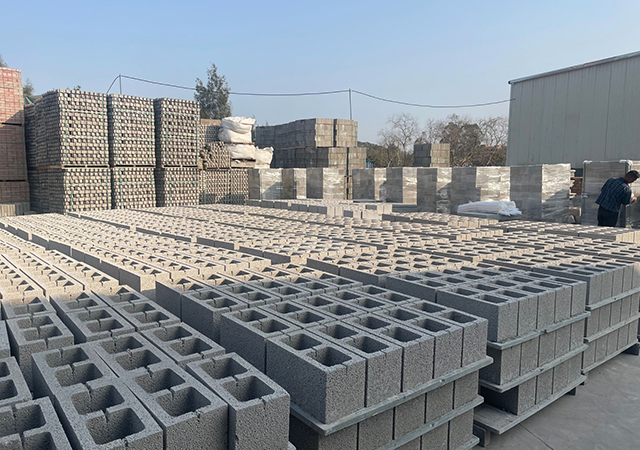

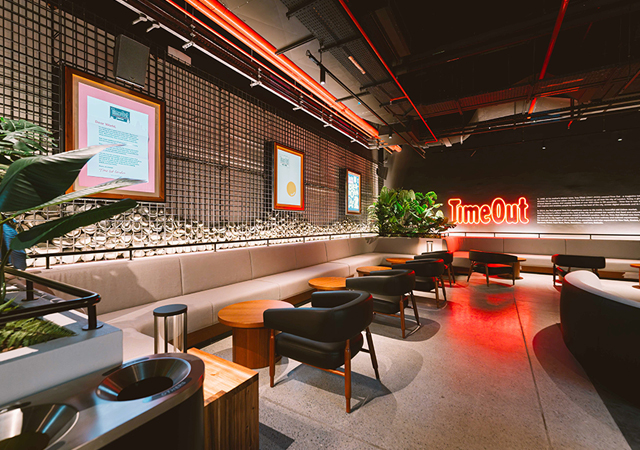
.jpg)
.jpg)
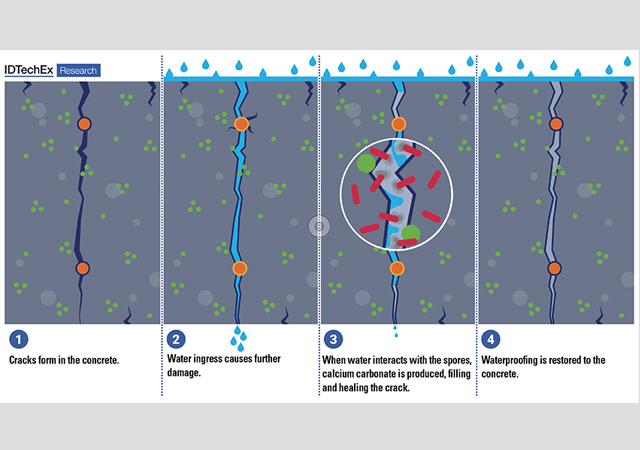
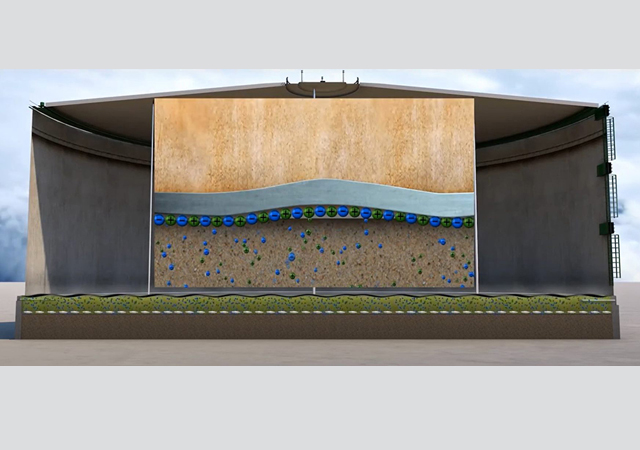
.jpg)
.jpg)
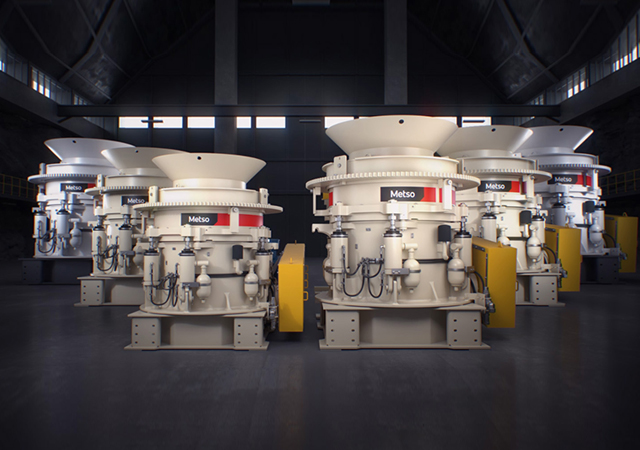

.jpg)

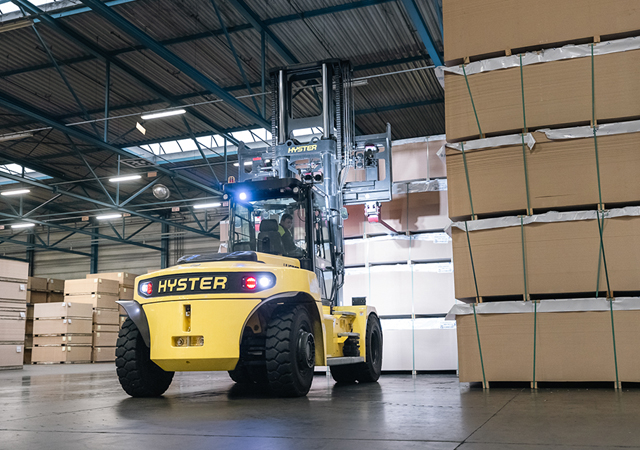
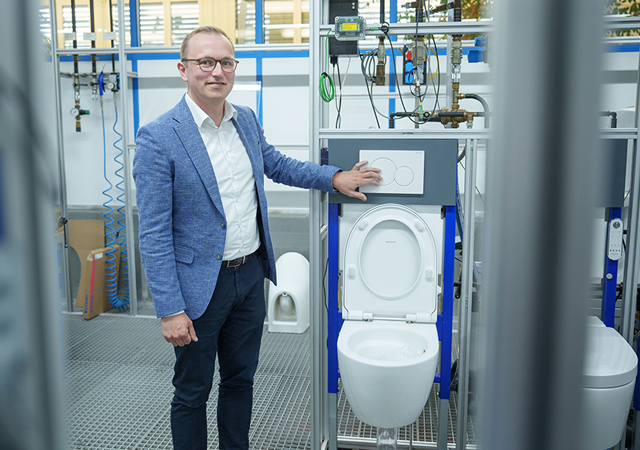

 Doka.jpg)



